What are PFAS chemicals and how can we remove them from water?
In recent years, PFAS have been making headlines with growing frequency - often linked to contaminated drinking water and concerns about persistent chemical pollution. But what exactly are PFAS, and why is it so urgent to address their presence in our environment?
What are PFAS?
PFAS, or per- and polyfluoroalkyl substances, are a large family of synthetic chemicals praised for their remarkable durability. First developed in the 1940s, these compounds quickly gained widespread use due to their unique abilities. PFAS are virtually unmatched in their ability to repel water and oil, also bosting high thermal stability, earning them a place in countless everyday products. This has made PFAS invaluable in products like non-stick cookware, waterproof clothing, food packaging, firefighting foams, and electronics manufacturing.
The secret to their effectiveness lies in their molecular structure. PFAS are composed of chains of carbon and fluorine atoms, one of the strongest chemical bonds in existence. This strength allows them to withstand extreme conditions without breaking down. Unfortunately, it also makes them exceptionally resistant to natural degradation. This persistence has earned PFAS the nickname "forever chemicals," as they remain in the environment - and our bodies - for decades or even centuries.
Why do we need a solution?
Research has linked prolonged exposure to certain PFAS to serious health concerns, including hormonal disruption, immune system suppression, and an increased risk of certain types of cancer. These risks are compounded by the widespread nature of PFAS contamination.
Today, PFAS are found almost everywhere, even places they were never intended to reach - trace amounts have been detected in groundwater, food supplies, and even the bloodstreams of humans and animals worldwide. Adding to the challenge is the difficulty of replacing PFAS in many industrial and consumer applications. However, growing awareness and legislative pressure are driving the search for solutions.
In late 2024, the European Commission adopted stricter regulations on a subgroup of PFAS-PFHxA and PFHxA related compounds - and proposed a blanket ban as early as the end of the 2020s, being spearheaded by five EU member states -Germany, the Netherlands, Denmark, Norway and Sweden.
This growing momentum underscores the urgent need for effective solutions - both for replacing PFAS in critical industries and for capturing and removing existing contamination.
How Graphene Oxide (GO) helps solve the PFAS problem
Addressing the PFAS problem requires a multi-faceted approach. Promising solutions include technologies that can capture PFAS from water streams and innovative materials to replace PFAS in industrial applications.
One potential breakthrough lies in Graphene Oxide (GO), a revolutionary 2D material with extraordinary properties. GO’s large surface area and molecular structure make it ideal for absorbing short-chain PFAS, which are particularly challenging to capture.
Together with partners in the manufacturing industry, LayerOne is actively leveraging graphene oxide to tackle PFAS contamination.
Many of the areas typically dominated by PFAS solutions are now facing urgent needs of replacement. Graphene materials are also promising as replacements for several typical PFAS applications, as they too consist of strong bonds resilient to many of the same conditions. Using these new materials will require some changes in the existing value chain and these changes are under way.
Our Bioenvision products are excellent PFAS substitutes
Our Bioenvision POSS technology, D-PYRE® and FunzioNano®, offers a non-toxic and halogen-free approach to flame retardancy and water-repellent additives, allowing a quick transition in the most exposed industries.
A cleaner, safer future
PFAS pollution is a challenge that demands urgent action, but it also presents an opportunity for transformative change. By combining advanced materials like GO or POSS with collaborative innovation, we can mitigate the environmental and health impacts of PFAS while driving sustainability across industries.
At LayerOne, we’re committed to being at the forefront of this effort - because a cleaner, safer future starts with finding the right solutions today.
Not sure which material best fits your product or process? Contact us to discuss the optimal solution for your specific application - we're here to help you make a safe and effective transition.

